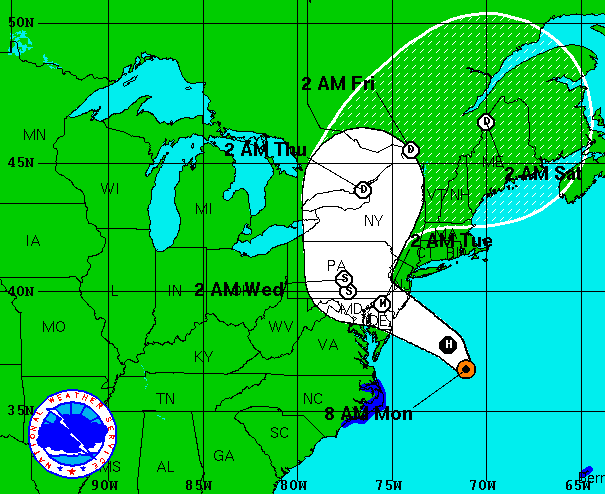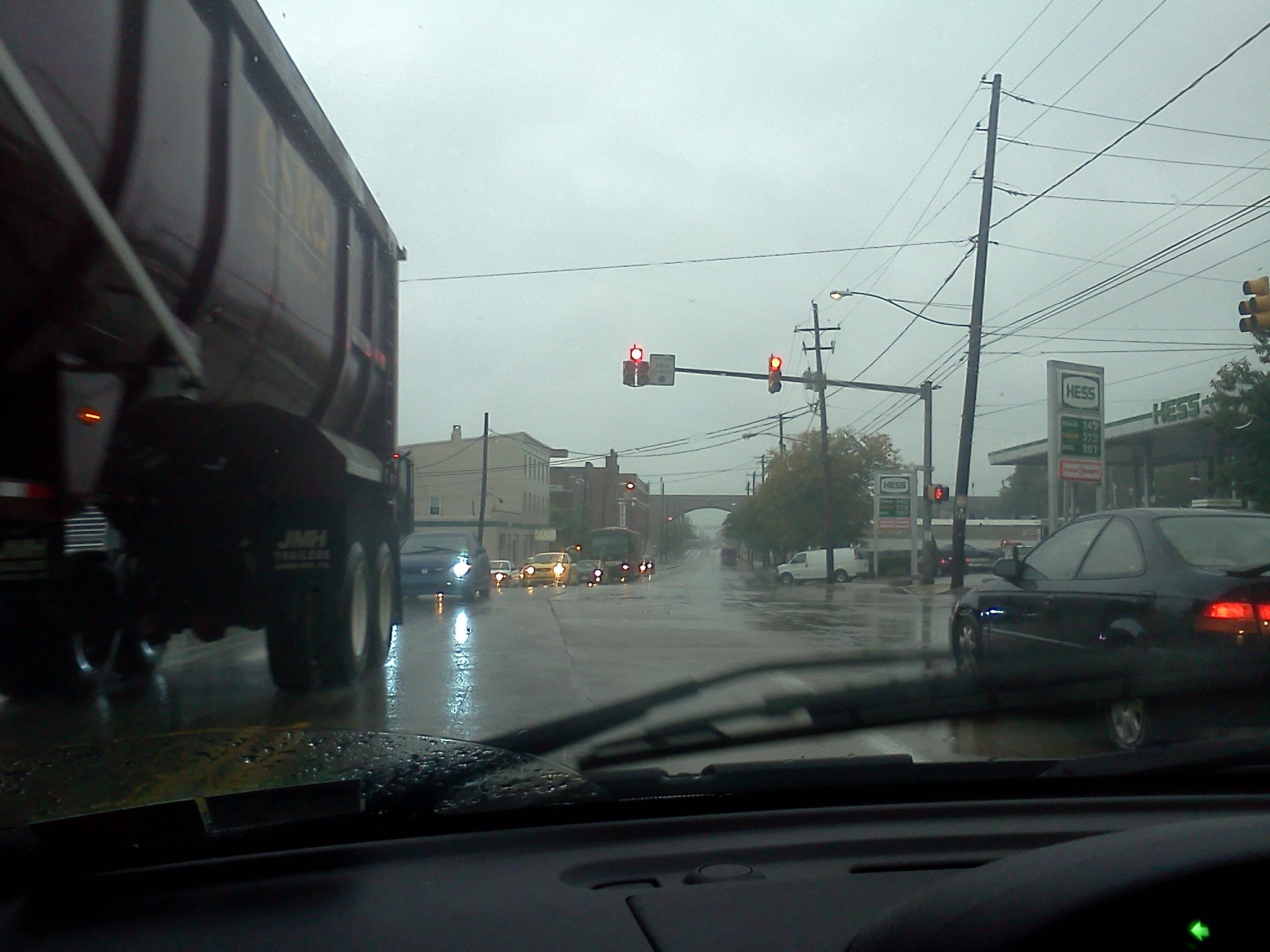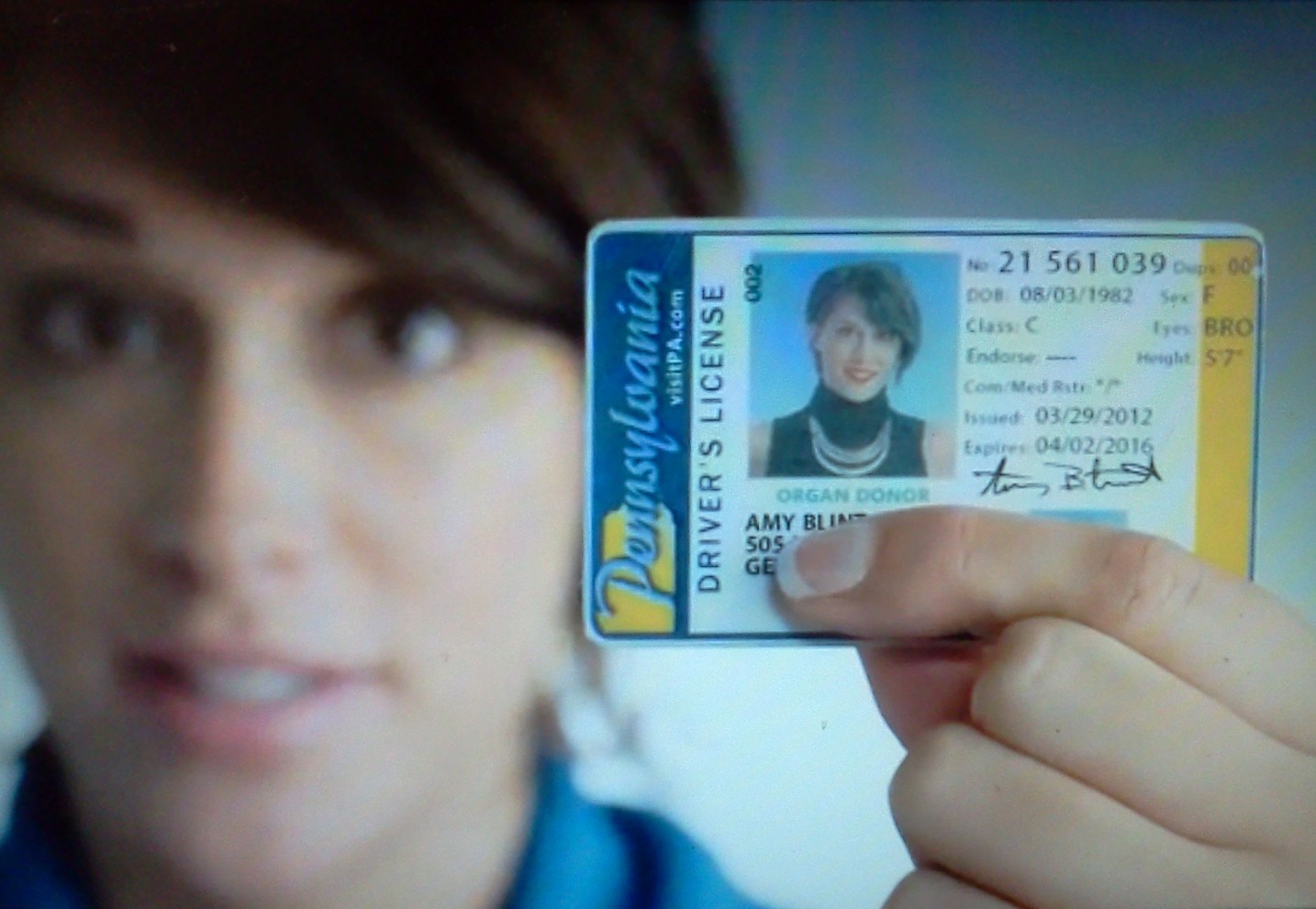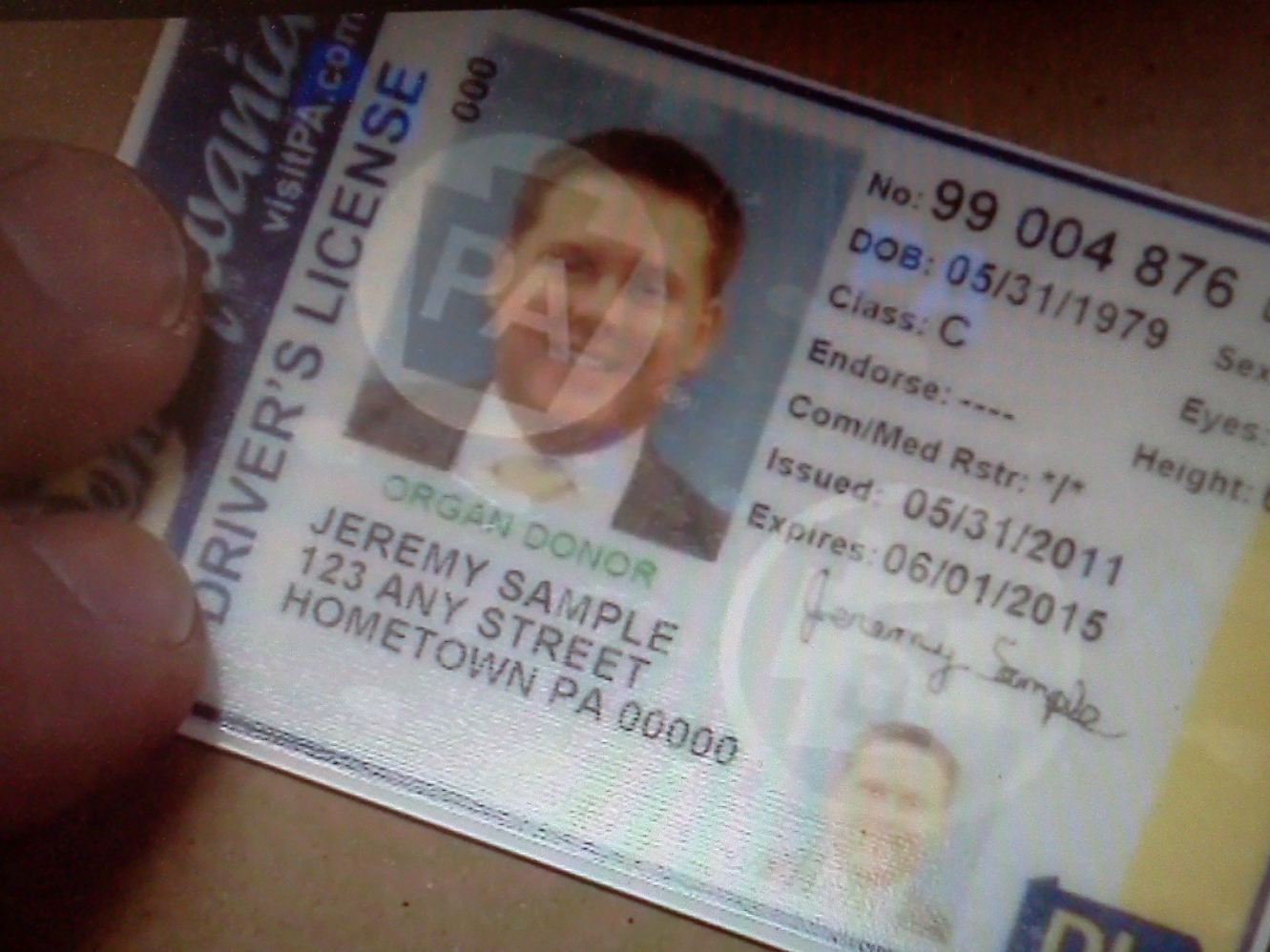Hurricane Sandy: Highway Travel Restrictions Take Effect
Beginning at 10:00am on Monday, PennDOT and the Pennsylvania Turnpike Commission is temporarily reducing the speed limits on some southeast PA roadways.
The move is in response to the high winds and other dangerous conditions associated with Hurricane Sandy, the monster storm which is nearing landfall in New Jersey. Officials are urging motorists to avoid any unnecessary travel, but those who do have to be on the roads will be subject to a reduced 45 MPH speed limit.
That reduction includes traffic on the following roadways:
- Interstate 76 in Philadelphia and Montgomery counties;
- Interstate 95 in Philadelphia, Bucks and Delaware counties;
- Interstate 476 in Delaware and Montgomery counties;
- Interstate 676 in Philadelphia;
- Pennsylvania Turnpike in Bucks, Chester and Montgomery counties;
- U.S. Route 1 Extension in Philadelphia;
- U.S. Route 1 in Bucks, Philadelphia, Delaware and Chester counties;
- U.S. Route 30 Bypass in Chester County;
- Route 63 (Woodhaven Expressway) in Philadelphia;
- U.S. Route 202 in Chester County;
- Route 309 in Bucks and Montgomery counties;
- U.S. Route 422 in Montgomery County; and
- Route 611 Bypass in Bucks County.
Today’s order also includes a restriction on the following types of vehicles on these highways:
- Class 9 vehicles (Overweight and over-dimensional trucks);
- Empty straight trucks;
- Large Combination Vehicles (tandem trailers and doubles);
- Tractors hauling empty trailers;
- Trailers pulled by passenger vehicles;
- Motorcycles;
- Recreational Vehicles, or RVs.
Vehicles in these classifications should pull over to a safe area and wait for the restriction to be lifted. These restrictions may be expanded to other parts of the state as Sandy starts its move inland.











